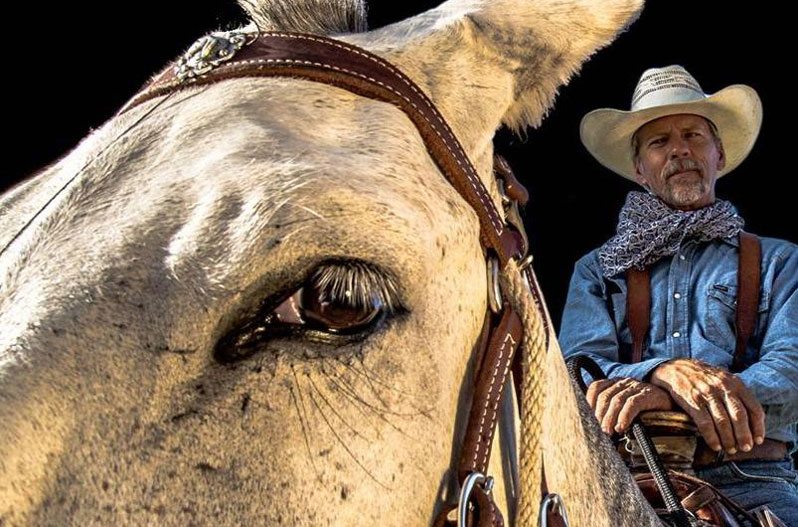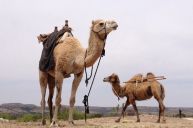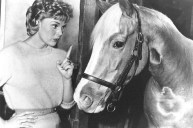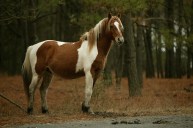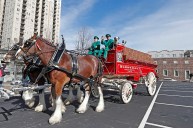Mules get a bad rap. They're seen as stubborn, unintelligent, ill-tempered and virtually untrainable. Historically, mules have been used as pack animals for grueling work on the farm and ranch. But while the animals have been an invaluable part of farm life for decades, there's still many a misunderstanding between rider and mule. That's where mule trainer Paul Garrison comes in.
On his Hill Country ranch outside Medina, Texas, Garrison runs a "mule school" for the seemingly contrarian animals and their humans. And often it's the people that need real training, Garrison says, not the mules.
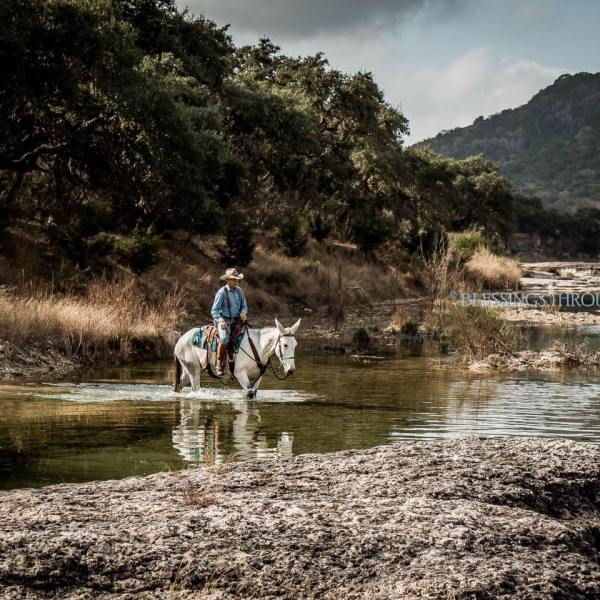
Facebook//paul.garrisoniii
Mule School
"The biggest amount of training that I do, oddly enough, is training owners," Garrison tells Wide Open Country. "If a riding mule doesn't think that they have a leader who should be the rider — if they don't think the rider or owner is a good leader — then they will be very insecure, frightful."
In fact, Garrison says people have got mules all wrong. Mules, the offspring between a male donkey and a female horse, are intelligent, gentle and loving creatures. They're also independent. If a mule senses danger or doesn't trust his rider, he won't budge. While that may frustrate a novice rider, it's actually an asset.
Since the late 1800s, mules have been used by riders exploring the Grand Canyon. Because of their surefooted nature, mules are deemed safer than horses while riding the winding canyon trails.
Like all equines, mules are herd animals and they've evolved to follow the most competent leader. To practice good "mulemanship" a rider has to be a strong and trustworthy leader worth following, Garrison says.
"In order to be mentally complete, mentally whole, you have to convince them that you are a confident leader," Garrison says. "That's what I try to teach the owners."
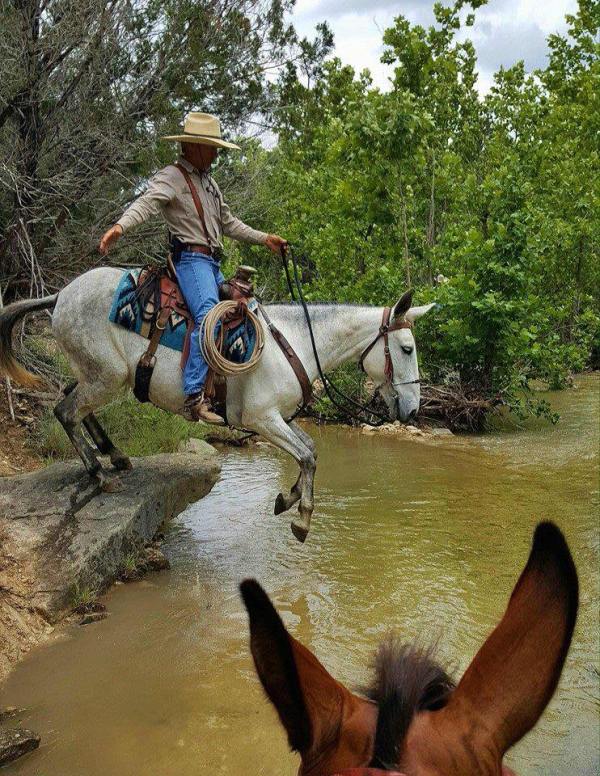
Garrison leads his mule through water. Source: Facebook/Garrison Mulemanship and Training
Garrison became interested in training mules years ago through working with a friend's mules on a nearby ranch. His friend quickly realized Garrison had a knack for getting along with the misunderstood creatures.
"He started buying most of the throwaway mules at the auction barn and sending them to me to try to make good riding mules out of them," notes Garrison.
While horse trainers are a common sight throughout the West, mule trainers are few and far between.
"Obviously, there's not near as many mules in the U.S. or world in comparison to horses. So consequently, there's a lot fewer trainers. There's a saying in the horse and mule training world: 'If you can train a mule, you can dang sure train any horse.' But that does not work the opposite," Garrison explains. "There are a lot of mules that are ruined or severely damaged by horse trainers."
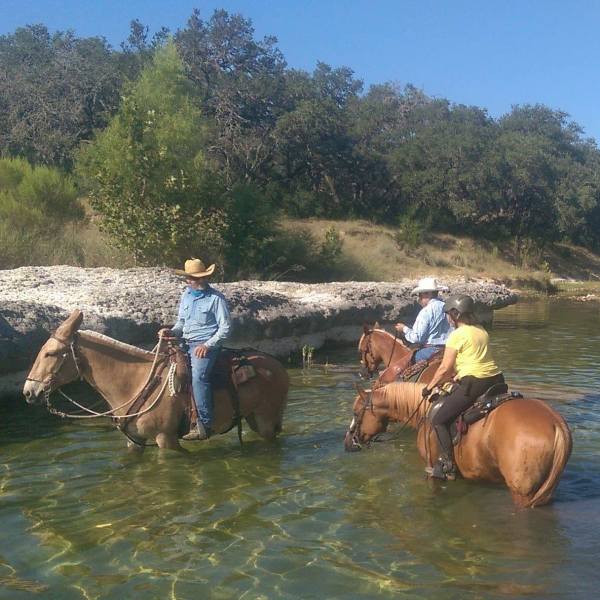
Facebook/paul.garrisoniii
When dealing with mules, people have to learn to balance leadership and discipline with gentleness. And while they may not look quite as majestic running across the open plains as a herd of stallions, mules deserve just as much respect for their role in shaping the West, he says.
"Mules, for whatever reason, have been much maligned through the years," Garrison says. "Hollywood has tried— they've made some attempts— but they've never represented the mule in films anywhere close to what the role was that they really played in the settling of the West."
If you need assistance training your mule (or yourself) you can contact Garrison Mulemanship and Training here.
